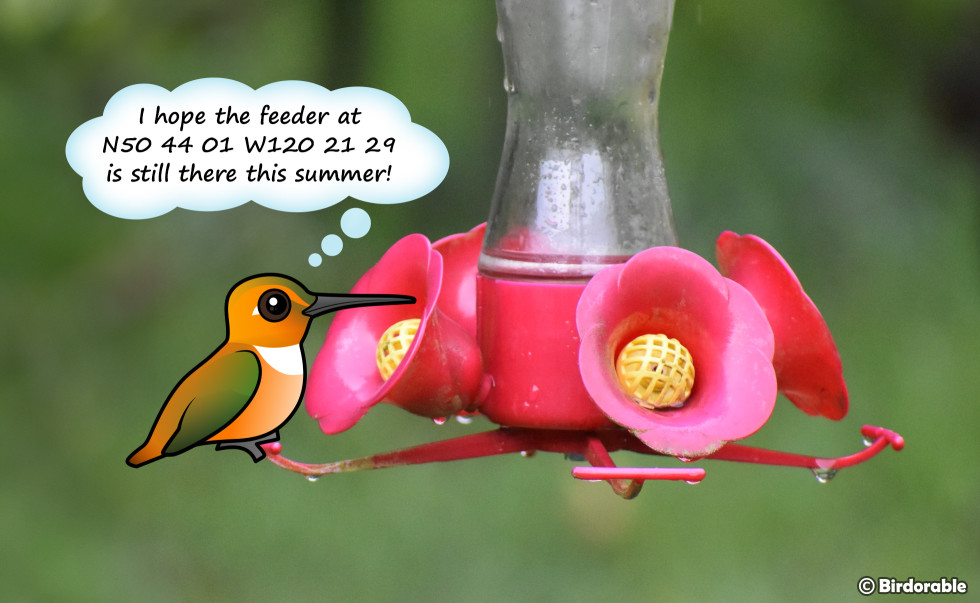A Rufous Never Forgets – The Remarkable Journey of the Rufous Hummingbird

The Rufous Hummingbird, a tiny avian marvel, undertakes one of the most astonishing migratory journeys in the bird world, embodying the essence of endurance and determination. Inhabiting the western half of North America, these vibrant birds are known for their breathtaking long-distance migrations, with some individuals breeding as far north as Alaska and wintering as far south as Mexico. Considering their small size, the Rufous Hummingbird's migration is a remarkable feat, showcasing one of the longest migratory journeys relative to body size of any bird species globally.
Beyond their migratory prowess, Rufous Hummingbirds are celebrated for their exceptional memories, particularly regarding locations. This remarkable navigational ability allows them to return to the exact same backyards and gardens year after year, often pinpointing the precise location of nectar feeders they had visited previously.
The birds' ability to remember and return to reliable food sources offers a unique opportunity for birdwatchers and nature lovers to contribute positively to the conservation and support of these remarkable migrants. Despite their small size, these hummingbirds navigate vast distances, driven by an innate urge to migrate that is as compelling as it is essential for their survival. Their story is a source of fascination and inspiration, reminding us of the extraordinary capabilities hidden within the natural world.





Comments
Leave a comment
Thank you!